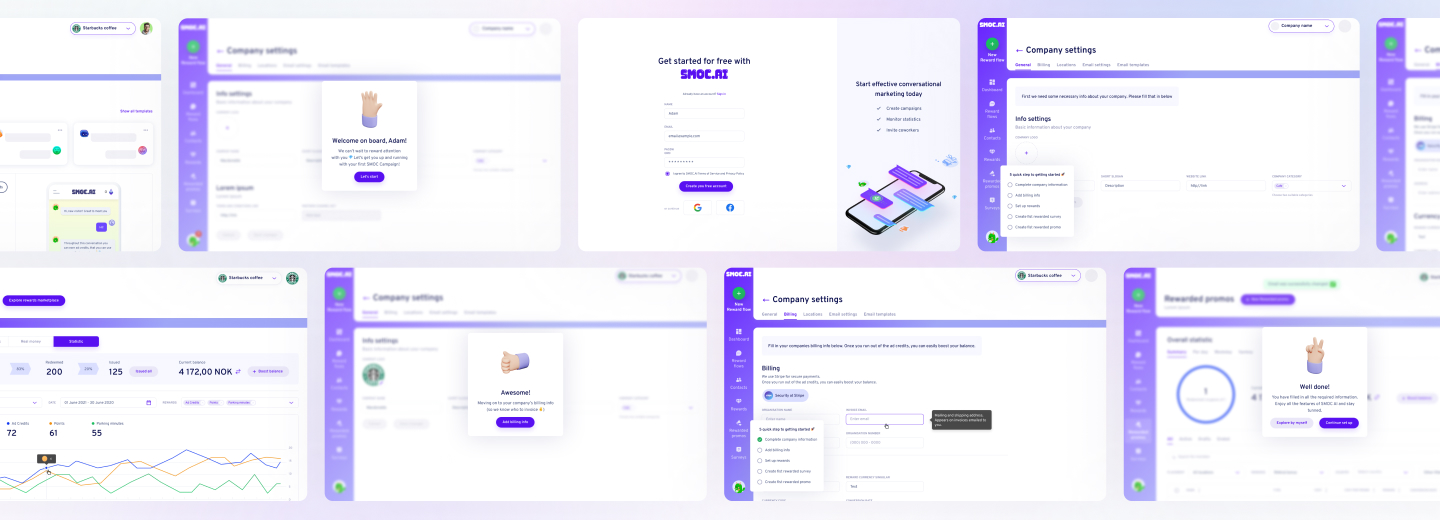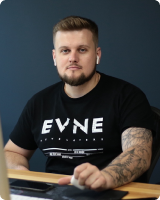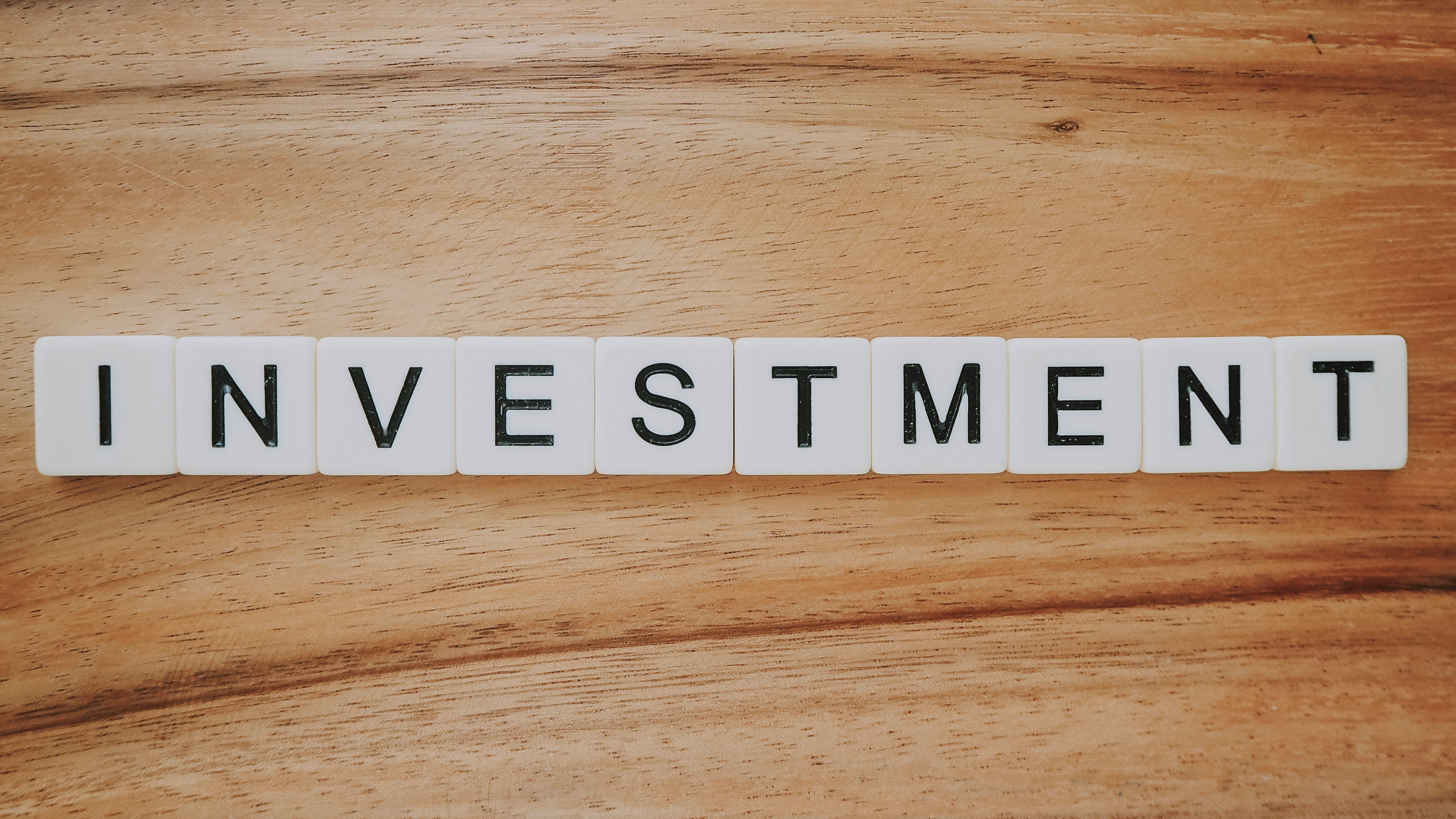I run a product development and consulting company that works with early-stage founders every day. Over a decade of building from zero, I’ve seen one pattern separate the teams that ship and scale from those that spin: a disciplined, complementary discovery process that runs alongside delivery. Not paperwork. Not theater. A compact, time-boxed, decision-making engine that reduces risk and speeds up real progress.
Discovery is not a luxury. It is the lowest-cost way to buy clarity, confidence, and momentum when uncertainty is highest. Done well, it lays down a track that development can follow without drama, rework, or surprise pivots.
WHAT'S IN THE ARTICLE
What software discovery really is (and what it is not)
Think of discovery as structured learning with a budget and a deadline. You identify the riskiest assumptions, design tests to confront them, and turn the results into decisions about what to build, in what order, and to what depth.
It is not endless research. It is not a long sprint of opinionated debates. It is not a designer disappearing for weeks to produce pretty wireframes without evidence. Discovery is collaborative, visible, and practical, and it culminates in artifacts that guide the next 60 to 120 days of real delivery.
Discovery is also complementary to development, not a gate that blocks it. Engineering can begin on foundations once the first set of assumptions is tested, while the team continues to learn about market and value risks in parallel. That pairing, learning while building, is the hallmark of teams that ship something users adopt and pay for.
Why discovery changes the odds for early-stage teams
Early-stage startups fight three intertwined risks: market risk, product risk, and execution risk. Discovery gives you a way to cut those risks down before they balloon into cost, churn, and lost runway. It also creates a shared language between founders, designers, engineers, and investors.
Here is what tight discovery gives you in practical terms:
- Team alignment: a shared picture of the problem, the customer, and the path to value.
- Investor trust: evidence in place of adjectives, which shortens diligence and lifts credibility.
- Scope discipline: clear boundaries for the first build and a backlog that reflects reality.
- Faster pivots: small, reversible decisions backed by data, not loud opinions.
- Valuable telemetry: instrumentation plans that make every release a learning opportunity.
I have sat in rooms where founders try to sell a vision without proof. The mood changes when you show interview clips, signups from a smoke test, and a usability test where a user finds value in minutes. Discovery moves the conversation from belief to evidence.
The core questions a discovery must answer
A great discovery process is defined by the questions it addresses, not the volume of documents it produces. It should set up your MVP and the first two build cycles with clear intent.
Your discovery must answer: who is the first customer segment and what job are they hiring your product for; what value moments predict retention; what alternatives are most common and why users tolerate them; what constraints define your launchable scope; what technical risks must be burned down first; how to instrument early releases to learn quickly and cheaply.
When those questions are answered with field evidence and data, your roadmap shifts from wishful thinking to a plan you can defend.

Looking to Build an MVP without worries about strategy planning?
EVNE Developers is a dedicated software development team with a product mindset.
We’ll be happy to help you turn your idea into life and successfully monetize it.
A pragmatic discovery playbook
Many founders worry that discovery will slow them down. My experience is the opposite when you keep it tight. Two to four weeks, a small cross-functional team, and a clear set of outcomes are enough to change your trajectory. The table below shows a structure I use often.
| Phase | Key Activities | Primary Outputs | Core Owner(s) | Exit Criteria |
| Kickoff & Risks (Day 1 to 2) | Define target segment, draft top assumptions, plan tests | Risk register, research plan, success metrics | Founder, PM, Tech Lead | Team agrees on riskiest 5 assumptions and test plan |
| Problem Evidence (Day 3 to 7) | 8 to 12 problem interviews, workflow mapping, job stories | Interview notes, job map, top pains ranked | PM, Designer | Clear problem hierarchy with quotes and clips |
| Solution Signals (Day 8 to 12) | Value prop tests, landing page with waitlist, concierge pilot | Conversion data, willingness to pay notes, pilot observations | PM, Growth, Founder | Observable interest and early pricing signals |
| Prototype & Usability (Day 10 to 14) | Low to mid-fidelity prototype, 5 to 8 usability sessions | Clickable prototype, insights, revised flows | Designer, PM | Users complete core task within target time |
| Technical Feasibility (Day 10 to 14) | Spike on risky tech, data model sketch, system context | Feasibility notes, architecture outline, build risks | Tech Lead, Engineer | Identified blockers and mitigations |
| Go/No-Go & Plan (Day 14 to 20) | MVP scope, estimation, instrumentation plan, staffing | MVP spec, initial backlog, timeline, budget range | PM, Tech Lead, Founder | Green-light on MVP with funding and team ready |
What matters most here is not the labels but the rigor. Every phase produces evidence and decisions that shape the first build. And every output links to a real next step in development.
Research mechanics that add value
Discovery can look academic when it gets wrapped in jargon. Keep it practical and close to the user. In my experience, the following tactics produce reliable signals without draining time or budget.
Start with conversations that feel like field work, not focus groups. Record problem interviews, map the current workflow and the hacks people use to get the job done today, and capture friction points in their own words. Then try small solution signals that expose willingness to act, not just willingness to talk. Pair it with a light technical spike on the riskiest part of your stack so your team avoids surprises later.
- Problem interviews with decision makers and end users
- Concierge pilots that imitate the service behind a simple form
- Landing page smoke tests with a waitlist and basic pricing
- Clickable prototypes for first use and onboarding
- Thin-slice tech spikes, like a proof of concept for a key integration
That set of moves produces a portfolio of evidence that balances desirability, viability, and feasibility. You exit discovery with proof of a problem worth solving, a path to a small win, and confidence that your team can build the early slice without derailing.
The artifacts you should leave with
I do not measure discovery by the number of slides. I measure it by whether a cross-functional team can start coding with purpose the next day and not get surprised the week after. The right artifacts are small, sharp, and used in daily conversations.
A one-page narrative that defines the first customer, the problem worth paying for, and the copy for your first pages. A clickable prototype that reflects your current best guess for onboarding and the first value moment. A thin system context diagram and a simple data model. A prioritized backlog with acceptance criteria for the first two sprints. An instrumentation plan that sets up metrics for activation, usage, and retention. A budget and timeline that reflect a range, not false precision. And a research log that links to interview clips and usability sessions so anyone can revisit the source.
When those pieces exist and everyone knows where to find them, you can sprint with speed and confidence because the decisions behind the work are transparent.
What happens after discovery: development without drama
Once discovery produces a clear MVP slice, the baton passes to delivery, but the learning does not stop. Teams that scale well treat discovery and delivery as concurrent rhythms.
I recommend a short Sprint 0 to set up the development runway. During this period, the team finalizes the architecture outline into a set of decisions with trade-offs explained, stands up the repo, CI, and environments, defines the definition of ready and definition of done, and splits the MVP into thin vertical slices. The PM and designer polish acceptance criteria and no-go conditions, and growth defines the initial activation funnel and tracking plan.
The first two sprints focus on the first value moment. Ship a thin slice that is usable by real users, in a controlled environment, with feature flags. Every story is instrumented. The team reviews metrics daily and continues a small amount of discovery in parallel to close any open questions, especially around pricing and onboarding friction. This prevents late-stage surprises that often sink an MVP.
From MVP to repeatable delivery
Repeatability beats heroics. After your MVP hits the hands of early users, tighten the loop. Weekly product reviews with actual session replays and user quotes. A practice of retiring backlog items that no longer matter. A feature flag discipline that reduces risk in each release. An experimentation rhythm that uses simple A/B tests on activation copy, onboarding steps, or pricing prompts to learn what moves your key metrics.
Technical practice matters too. Keep the architecture modular and light at first. Favor proven tools over exotic tech. Use contracts and integration tests where the risk is high. Track deployment frequency and change failure rate as early as possible. These signals guide staffing and process choices more honestly than gut feel.
Scale is often a result of many small, correct choices rather than one giant bet. The faster you can make those choices with evidence, the faster your product finds traction.
Budgeting and timelines you can defend
Founders often get asked for precise budgets during fundraising or board meetings. Precision without evidence is a trap. After discovery, you can produce ranges that reflect reality, with a clear path to narrow them as you learn.
Treat the MVP budget as a band with decision points. For example, a core MVP might sit between 250 and 400 engineering hours, with a checkpoint after the first two sprints to update the range. Tie the range to your risk register. If a critical integration remains unproven, reserve time for a spike. If pricing is uncertain, budget for additional experiments rather than guessing.
This style of budgeting communicates control and flexibility at the same time. It also earns trust because your numbers connect directly to the evidence you gathered.

Proving the Concept for FinTech Startup with a Smart Algorithm for Detecting Subscriptions

Scaling from Prototype into a User-Friendly and Conversational Marketing Platform
Common traps and how to avoid them
Even motivated teams fall into predictable traps when they skip or rush discovery. I keep a short list on the wall to keep us honest.
- Big-bang ideas, thin evidence: if the key claims are not testable within two weeks, you are still at the sketch stage.
- Pretty prototypes, ugly workflows: validate the flow of work before you polish screens.
- Vanity metrics: a thousand signups without intent to act is a mirage. Track actions that map to value.
- All research, no build: discovery should unlock the first vertical slice, not block it.
- Hero engineering: use thin spikes to remove risk; do not build a cathedral to test a door.
These traps are expensive because they feel productive. The antidote is to make decisions visible, time-box experiments, and tie each activity to a learning goal.
What investors want to see from discovery
Investors read signal. A tight discovery process produces a package that shortens diligence. They will not expect perfect answers. They will expect to see how you think, how you decide, and whether your team can translate uncertainty into progress.
Bring the research log with timestamps. Show a simple funnel with targets and early data. Present the MVP scope with a crisp testable outcome, like a target activation rate or a conversion lift. Show where the money will go in the next 90 days and what decision points sit along that path. If you can walk through that without hedging, you stand out.
Discovery never fully ends, but it does have checkpoints that signal you are ready to code in earnest and deliver the solution to test the audience. Investors will be waiting to get tangible results instead of assumptions and real-world feedback.
- A specific first segment with a real buyer and a real user
- Evidence-backed problem ranking with quotes and clips
- A prototype that lets a user reach first value in minutes
- A shortlist of risks with clear owners and mitigation steps
- A backlog for two sprints with acceptance criteria and no-go lines
- An instrumentation plan for activation and retention
If these signals exist, the team can start building with focus and continue learning in parallel.

Need Checking What Your Product Market is Able to Offer?
EVNE Developers is a dedicated software development team with a product mindset.
We’ll be happy to help you turn your idea into life and successfully monetize it.
Conclusion
The word complementary matters here. Discovery does not replace delivery. It feeds it. During the first sprint, your designer can run two more usability checks while engineering implements the first slice. During sprint review, product and growth can launch a new landing page variant to sharpen messaging. Your tech lead can finish a spike on a payment edge case while the rest of the team ships the onboarding flow. The two tracks support each other rather than compete.
When discovery and delivery run together, you ship smaller things faster, collect real feedback, and direct the next slice with better information. That rhythm is addictive. It also compounds.
If you are an early-stage founder and your head is buzzing with what to test first, that is a good sign. A short discovery sprint can turn a foggy plan into a build-ready map and an investor-ready story. My team runs a compact program that hits the milestones above in two to four weeks, then stays with you through the first release so the learning continues while you ship.
Send a note with a sentence about your customer and your riskiest bet. I will reply with a sample plan, a few example artifacts, and a candid view of budget and timeline bands. No fluff, no long sales process, just a clear next step to turn your idea into something people use and pay for.
The discovery process is a structured phase at the beginning of a startup’s journey where founders and teams deeply investigate their target market, user needs, and technical feasibility. This phase involves validating assumptions, conducting market research, mapping user journeys, and defining the minimum viable product. The goal is to minimize risks, ensure product-market fit, and lay a solid foundation for further development and scaling.
Skipping or rushing the discovery phase often leads to wasted resources, misaligned products, and missed market opportunities. A comprehensive discovery process helps startups avoid costly mistakes by clarifying the problem they are solving, understanding their users, and identifying the most effective solutions. This clarity accelerates development, attracts investors, and increases the likelihood of long-term success.
The duration of the discovery process varies depending on the complexity of the product and the market. For most early-stage digital startups, it ranges from two to six weeks. The process should be thorough but agile, focusing on gathering actionable insights quickly and efficiently. The key is to balance speed with depth, ensuring that critical questions are answered before moving into development.
Once the discovery phase concludes, startups transition into the development phase with a validated concept, clear requirements, and a prioritized roadmap. This enables the team to build an MVP with confidence, iterate based on real user feedback, and scale the product effectively. The insights gained during discovery continue to inform product decisions, marketing strategies, and business development as the startup grows.

About author
Roman Bondarenko is the CEO of EVNE Developers. He is an expert in software development and technological entrepreneurship and has 10+years of experience in digital transformation consulting in Healthcare, FinTech, Supply Chain and Logistics.
Author | CEO EVNE Developers


















